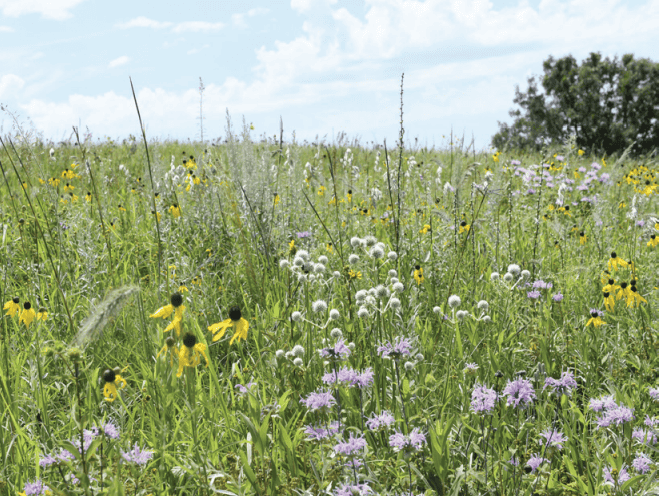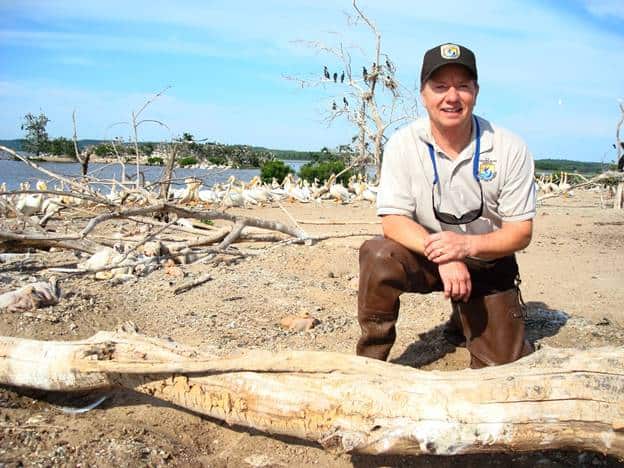
NIAS Monthly Program and Meeting – Cardiphonia – Utterances From the Heart
Cardiphonia – Utterances From the Heart
Presented by Ed Collins, McHenry County Conservation District Director of Land Preservation and Natural Resource Management
Tuesday, October 1st at 7:00pm
St. John United Church of Christ, Freeport, IL
Beyond biological inventories, species indexes, and the precise language of science lies a deeper and more profound truth driving those lives spent in the service of wild places. In a world where communication is increasingly defined by technology and artificial intelligence, the land seeks those who would learn a more ancient form of speech, taught in a language rising from the very bones of the earth itself. We know the truth of that language intuitively, not in the synapses of our minds but in the chambers of our heart. For it is our heart that understands the entire cosmos is scripture each time we marvel at a thunderstorm, gaze into a sea of nighttime stars or feel our breath race as the cranes call overhead on a foggy spring morning. What is spoken by the heart is heard by the heart and rediscovering our hearts in conservation work empowers us to shape our own destiny and that of the future. Ed’s career spans thirty-eight years with the McHenry County Conservation District where he currently serves as the Director of Land Preservation and Natural Resource Management, administering restoration and land preservation efforts on 26,000 acres of open space. During that time, he has been involved in a number of interesting projects including the re-meandering of Nippersink Creek in Glacial Park, the development of the first comprehensive spatial mapping of oak loss in the region and most recently playing an instrumental role in the creation of the Hackmatack National Wildlife Refuge. Ed teaches classes in Forensic Ecology and Ecological Spirituality. His hobbies include collecting drain tile memorabilia, constructing stone labyrinths and working as a trained hypnotist.

